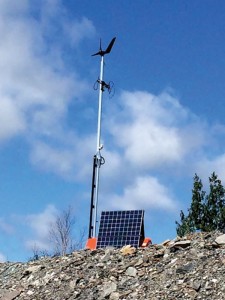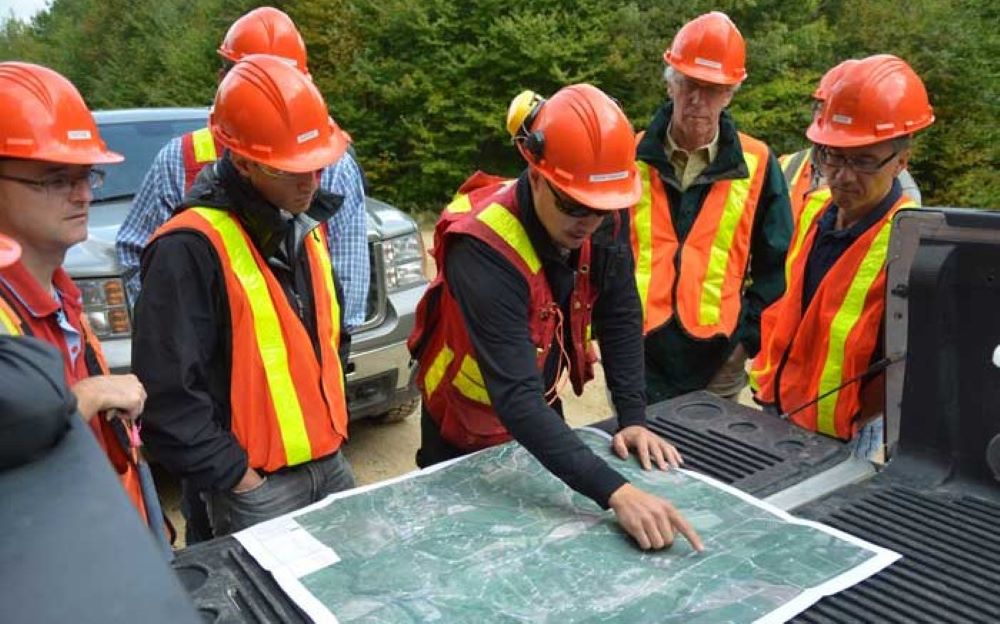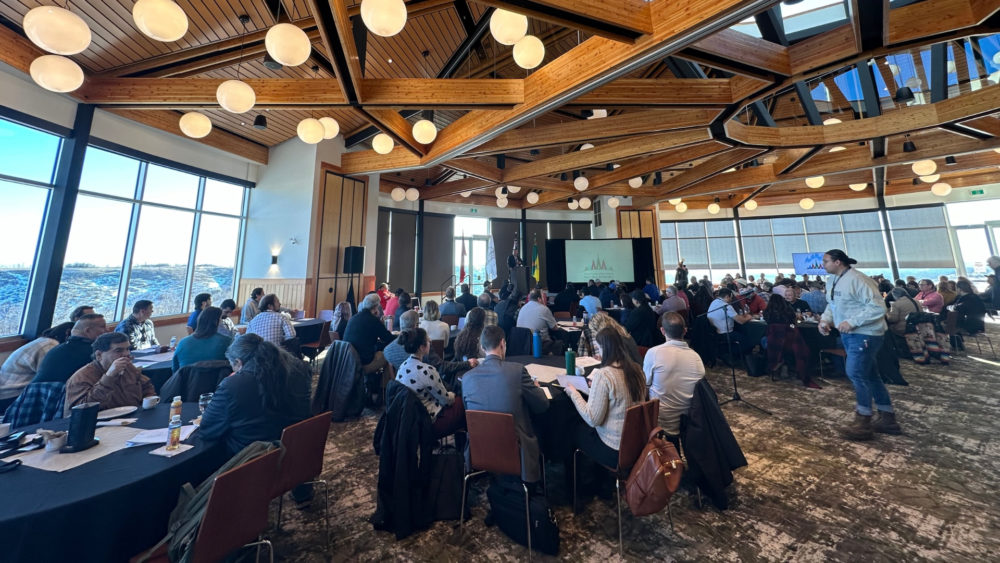Converting to a wireless world
Converting an underground gold mine into an open-pit operation is no small feat, just ask Goldcorp Porcupine Gold Mines (PGM) about its historic Hollinger Project in Timmins, Ontario.
When PGM officially closed the underground operation in 1989, after operating the mine from 1910 to 1968, it was faced with the traditional challenges of contending with mine shaft openings, near surface stopes, small pits and ground subsidences.
Options for the property varied but the one thing that PGM knew very early in the conversion was that it had to install a modern communications network to help ensure that the transition from underground to open-pit went smoothly, and safely.
While determining the best set-up, PGM had major considerations to address on the way to fully operationalizing the site; one of which was implementing and maintaining a private wireless network for communications.

Many pieces of heavy mining equipment are monitored at the Hollinger mine in Timmins using a wireless system capable of working in an area surrounded by other communication channels.
The company determined that it required a private network because broadcasting over a public Wi-fi network posed security risks, so in 2004, PGM installed MineStar, from Caterpillar, and was broadcasting communications between the office and its fleet of equipment via the 900 megahertz frequency.
Even 12 years ago, PGM was working on the leading edge of technology because it was using its communications network for applications such as automating its drills.
As the years passed, however, PGM learned that MineStar would not support 900 MHz for much longer, so the company had to find a different solution; one that would not require regular upgrades.
Because of the mine’s location in Timmins, the topography made implementing any wireless network a tricky endeavour.
The city was one cause of the interference, especially after it installed its own 900 MHz frequency system, which fought with PGM’s system for bandwidth.
A five-mile haul road between the open pit and the crusher was also subject to interference, as it wound through a dense pine forest.
Goldcorp soon realized that it had a challenge on its hands because it needed a network built to withstand a rugged, mobile environment plagued with interference issues. Plus, they had a number of security issues that required an airtight system that would be reliable in all bandwidth situations.
A Kinetic Mesh wireless network from Rajant Corporation proved to be the answer for Goldcorp because the company was able to design a network with the ability to do on-the-fly network changes that can handle interference from crossing multiple channels.
With proven military applications, plus mining, oil and gas, transportation and public transit, Rajant technicians analyzed Goldcorp’s Hollinger site and its fleet of equipment and installed 30 nodes on mobile equipment and seven fixed nodes at key communications points throughout the site, including the drills, haul road and main office building.
Since the network does not require the level of power usage that other systems do, technicians were able to install some of the nodes on solar trailers. The nodes are the backbone of the wireless network by serving as an intelligent repeater; a wireless access point and wireless-to-wired bridge. Each node is available in various frequencies for use within the mine, and can be battery or DC powered.
Because the nodes are located throughout the mine, they are designed with the flexibility to transmit and receive data throughout a myriad of connectivity solutions, including LTE, satellite, point-to-point wireless and wired networks.
Since the nodes are able to communicate with each other rather than relying on a single controller node, PGM is able to operate all data communication over a common wireless infrastructure with no single point of failure.
In addition, voice, data and video communications can ‘hop’ from node to node with very little administrative overhead burdening the network. The network can also rebuild and ‘heal’ itself based on whatever wireless nodes are available.
Plus, nodes can be added as desired to further enhance network performance.





Comments